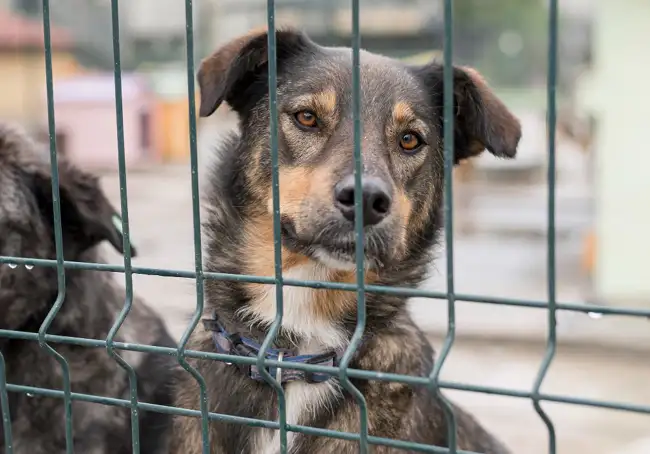English Documentary on Snow Leopards with Transcript, illustrated flashcards and a video podcast to improve your listening and reading comprehension and enrich your vocabulary
Source of documentary: National Geographic YouTube Channel
Mysterious felines
Snow leopards are one of the world’s most elusive cats. Nicknamed ghosts of the mountains, they live in the world’s highest ranges and are one of the least understood felines.
Mountain dwellers
Snow leopards inhabit the highest altitude documented of any cat. Their habitat includes the highest mountain ranges across Central Asia with altitudes up to 20,000 feet. Snow leopards have adapted to thrive in these extremely high elevations where the air has low levels of oxygen.
They’ve developed wide nasal passages, enlarged chest cavities that increase the volume of air breathed in, and they have smaller and more numerous red blood cells than typical cats maximizing the amount of oxygen absorbed by the body.
Furry cats
Snow leopards can endure temperatures as low as negative 40 degrees Fahrenheit. To keep warm in this inhospitable climate, snow leopards have the densest fur of all cats with nearly 26,000 hairs per square inch. A human only has about 1,300 per square inch.
Snow leopards also have giant paws that act as snowshoes distributing their weight so they can walk on top of snow instead of sinking in. To stay warm while they rest, snow leopards wrap their furry tails around their bodies like a blanket.
Snow leopards have handy tails
Snow leopard tails are balancing tools. The snow leopard tail is one of the thickest and longest tails of all big cats. It can grow up to 90% as long as their bodies. The long tail acts as a counterweight similar to a tightrope walker’s balancing bar. This helps snow leopards to hunt agile wild sheep and goats and steep rugged environments. It helps them balance and quickly pivot as they chase nimble prey.
Big jumping cats
Snow leopards can leap farther than any other animal. Snow leopards can grow to 7 feet long including their tail. Thanks to strong legs, they can leap distances up to 50 feet; that’s 7 times their own length. Snow leopards’ front legs are shorter than their hind legs, helpful for quick starts and rapid speeds. Their broad muscular chests are like shock absorbers, dampening the impact of nearly vertical hunts.
Snow leopards are vulnerable
Snow leopards are vulnerable to extinction. By some estimates, there could be fewer than 8,000 wild snow leopards. Climate change might impact their habitat, reducing the big cats’ range and food sources. Increased ranching and herding has caused the decline in a wild prey and conflict between snow leopards and humans has developed.
Snow leopards vs. humans
When wild prey is scarce, snow leopards prey on domestic livestock. This causes herders to lose income and some then kill the cats in retaliation. Community-based conservation efforts have focused on reducing this conflict. Creating greater understanding and protection of these mountain ghosts is needed to prevent them from disappearing entirely.




According to the documentary, why are snow leopards called ‘mountain ghosts’?
Please hit the REPLY button and elaborate on your answer. This is your round table activity this week.
You can also ask each other including me questions, which is the very essence of our round tables.
I think they are nicknames as “mountain ghosts” because first of all they have white colored fur, they live in the highest altitude of mountains, they are fast and most importantly, they are one of the least understood felines in the world.
Precisely, that’s a good response! The word, elusive, can also be used in this context because these creatures, like a phantom, are difficult to study or even see in the nature. Furthermore, they are not as social as some other felines like lions.
* they are nicknamed ‘mountain ghosts’
* white-colored fur
IMPORTANT
You are also encouraged to ask us one question about this assignment. Challenge us with your question or viewpoint.
Well, for me it is always really sad when I hear that a specie is vulnerable to extinction.
Interestingly even an elusive creature ‘ mountain ghost ‘ could not sneak from humans’ hands.
That’s absolutely right. It’s so deplorable to see some irreplaceable species struggling on the edge of extinction just due to our selfish exploitation and manipulation of natural resources on Mother Earth.
—
Feedback: Species is a plural noun.
Maybe because the snow leopards inhabit in very high altitude far away from the human sight and also the light color of their skin act as camouflage and their fast speed help them to catch their preyes without any prior warning. All of these caused them to look as a ghost in high mountain ranges.
Feedback
1- the snow leopards = snow leopards
2- act = acts
3- fast speed helps
4- You do NOT pay enough attention. I’m sure you already know these mistakes, yet you simply don’t pay adequate attention.
5- prey
6- to look like a ghost
Snow leopards are one of the world’s most elusive cats nick named ghost of the mountains. They live in the world’s highest ranges and are one of the least understood felines. Snow leopards inhabit the highest altitude documented of any cat. Their habitat includes the highest mountain ranges across central Asia with altitudes up to 20,000 feet. Snow leopards have adapted to thrive in these extremely high elevations where the air has low levels of oxygen. They’ve developed wide nasal passages, enlarged chest cavities that increase the volume of air breathed in, and they have smaller and more numerous red blood cells than typical cats maximizing the amount of oxygen absorbed by the body. Snow leopards can endure temperatures as low as negative 40 degrees Fahrenheit.
To keep warm in this inhospitable climate snow leopards, have the densest fur of all cats with nearly 26,000 hairs per square inch. The human only has about 1,300 per square inch. Snow leopards also have giant paws that act as snowshoes distributing their weight so they can walk on top of snow instead of sinking in. To stay warm while they rest snow leopards wrap their furry tails around their bodies like a blanket. Snow leopard tails are balancing tools. The snow leopard tail is one of the thickest and longest tails of all big cats. It can grow up to 90% as long as their bodies. The long tail acts as a counterweight similar to a tightrope walker’s balancing bar. This helps snow leopards to hunt agile wild sheep and goats and steep rugged environments. It helps them balance and quickly pivot as they chase nimble prey. Snow leopards can leap further than any other animal. Snow leopards can grow to 7 feet long including their tail. Thanks to strong legs they can leap distances up to 50 feet, That’s 7 times their own length. Snow leopards front legs are shorter than their hind legs helpful for quick starts and rapid speeds. Their broad muscular chests are like shock absorbers dampening the impact of nearly vertical hunts.
Snow leopards are vulnerable to extinction. By some estimates there could be fewer than 8,000 wild snow leopards. Climate change might impact their habitat reducing the big cats range and food sources. Increased ranching and herding has caused the decline in a wild prey and conflict between snow leopards and humans has developed. When wild prey is scarce, snow leopards prey on domestic life stock. This causes herders to lose income and some then kill the cats in retaliation. Community based conservation efforts have focused on reducing this conflict. Creating greater understanding and protection of these mountain ghosts is needed to prevent them from disappearing entirely.
Thank you so much for your effort!
You’ve made the following errors sequentially ordered as the following:
1. Nicknamed
2. leap farther (not further)
3. livestock (not life stock)
4. community-based (with a hyphen)
And some errors on punctuation marks
In addition, please try to write some headings on your own depending on the chunks of your transcript.
Moreover, there are 18 illustrated flashcards automatically embedded in the transcript you’ve provided in the body of this lesson. They could be used if you place the cursor of your mouse on them as hyperlinks.